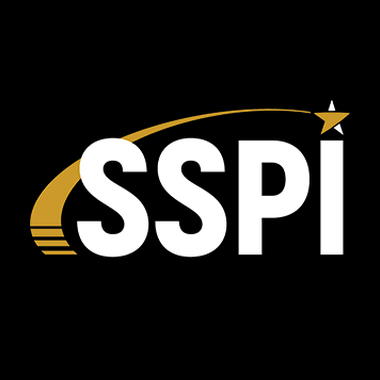
How I Got Started in This Crazy Business

At SSPI, we interview many established and emerging leaders for our “Making Leaders” campaign (www.sspi.org/cpages/leadership-development). The topics vary, but one question always comes up: “What got you started in this business?”
And every time, the question I really want to ask is this: “How did you get started in this crazy business?” Because everything we do in space and satellite is as close to impossible as it can be while still lifting off the ground, circling the Earth or heading for the stars. And the pathways we take into careers can be every bit as surprising.
Gwynne Shotwell of SpaceX credits a pair of shoes for her entry into this crazy business. In her teenage years, her mother took her to hear a speech by a female engineer. “I really liked her shoes,” Gwynne recalls. Actually, she liked the whole wardrobe and the speaker’s self-confidence and knowledge. It spoke to something in her and sparked an interest in learning the discipline that this woman had made her career. Gwynne was inducted into the Space & Satellite Hall of Fame in 2018. You can hear her tell her story in her leadership interview on our site.


For Mike Safyan, VP of Launch at Planet, the point of entry was language. He became an aerospace engineer, he says, because he went through the alphabetical listing of courses at his university and aerospace engineering was at the top. “I couldn’t find anything cooler to major in,” he says, “so I went with that.” Language made its mark again when he left NASA to join the garage startup that would become Planet. Mike was born in Ukraine and grew up in the States speaking Russian at home. The startup’s first launches were on Russian vehicles, and his mastery of Russian helped get him the job managing the company’s rapid cadence of launches. Mike won an SSPI Promise Award in 2018. You can hear his story in his leadership interview.

Steve Collar’s plan was to play football for Liverpool. When Plan A didn’t work out, Plan B led to a job with Matra Marconi (now Astrium), where he fell in love with the industry and went on to spend the rest of his career there. Tory Bruno of ULA, on the other hand, has been in love with rockets since he built his own at age 10 from 80-year-old dynamite and pipe he found in the back of the barn – and somehow survived.


Julian Horvath, who managed the entry into service of Iridium’s new fleet, was also a space geek from early on. After studying space physics, he was thinking about getting a Ph.D. when some friends talked to him about their work at a company called Spectrum Astro, now part of General Dynamics – and the next thing he knew, he was in the space and satellite business. There is not a single engineer in Jennifer Dawson’s family, but an 8th grade science teacher assigned projects that lit up her imagination. A high school internship with a company doing space experiments led her to take up mechanical engineering at university and eventually a job at SSL.

You can hear all their stories and more in the leadership interview section of our website.
What makes people go into this crazy business? More than in any industry I have been exposed to, the answer is a simple four-letter word. Love. Love of the impossibility – and the triumph of making it possible. Love of the power to save lives, restore lives and build lives through communication and observation from the high frontier of space. Love of the people who tackle the hardest engineering challenges in the solar system and find a way to make money from them. With all that going for space and satellite, you’d have to be crazy to work anywhere else.

